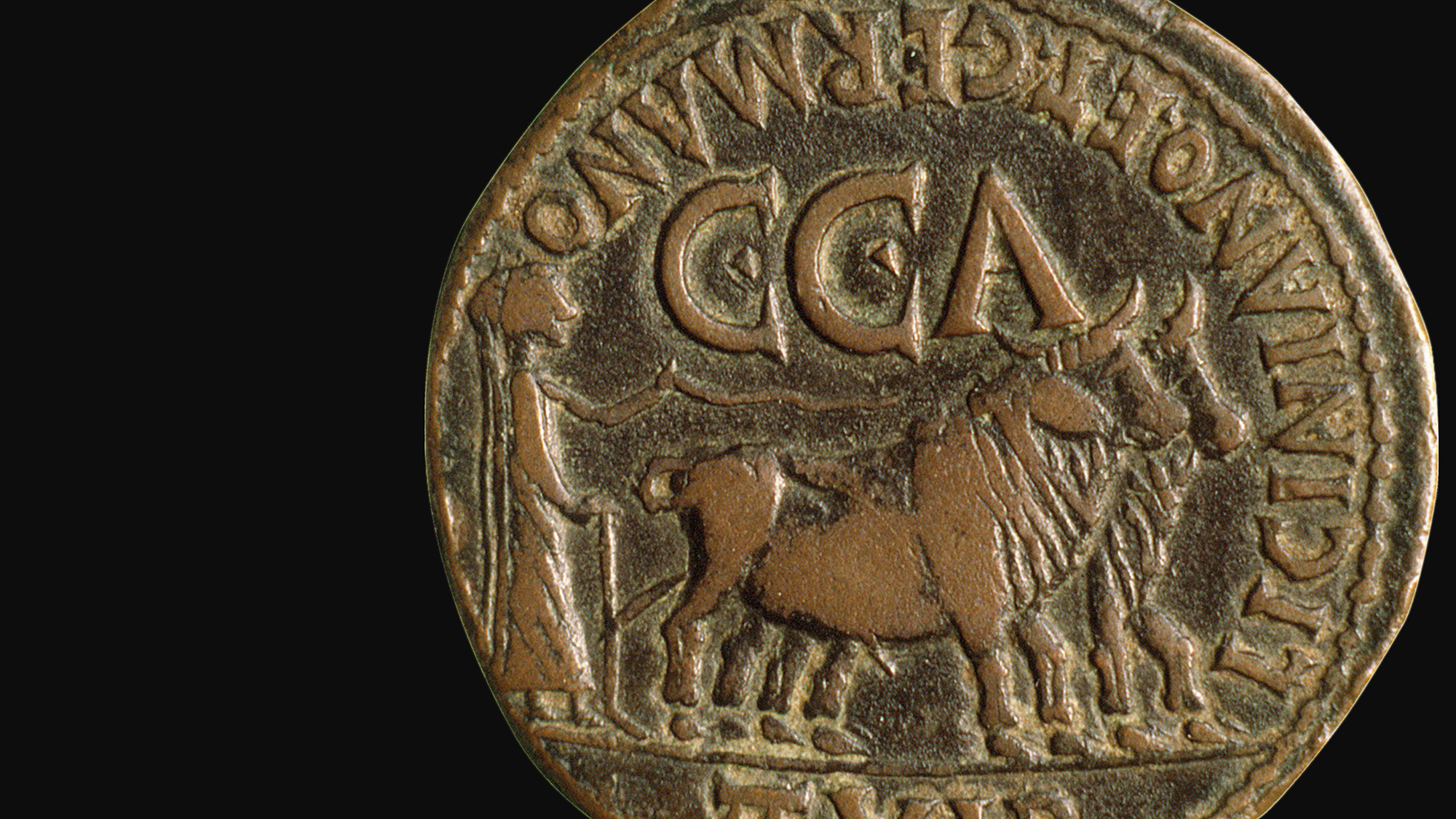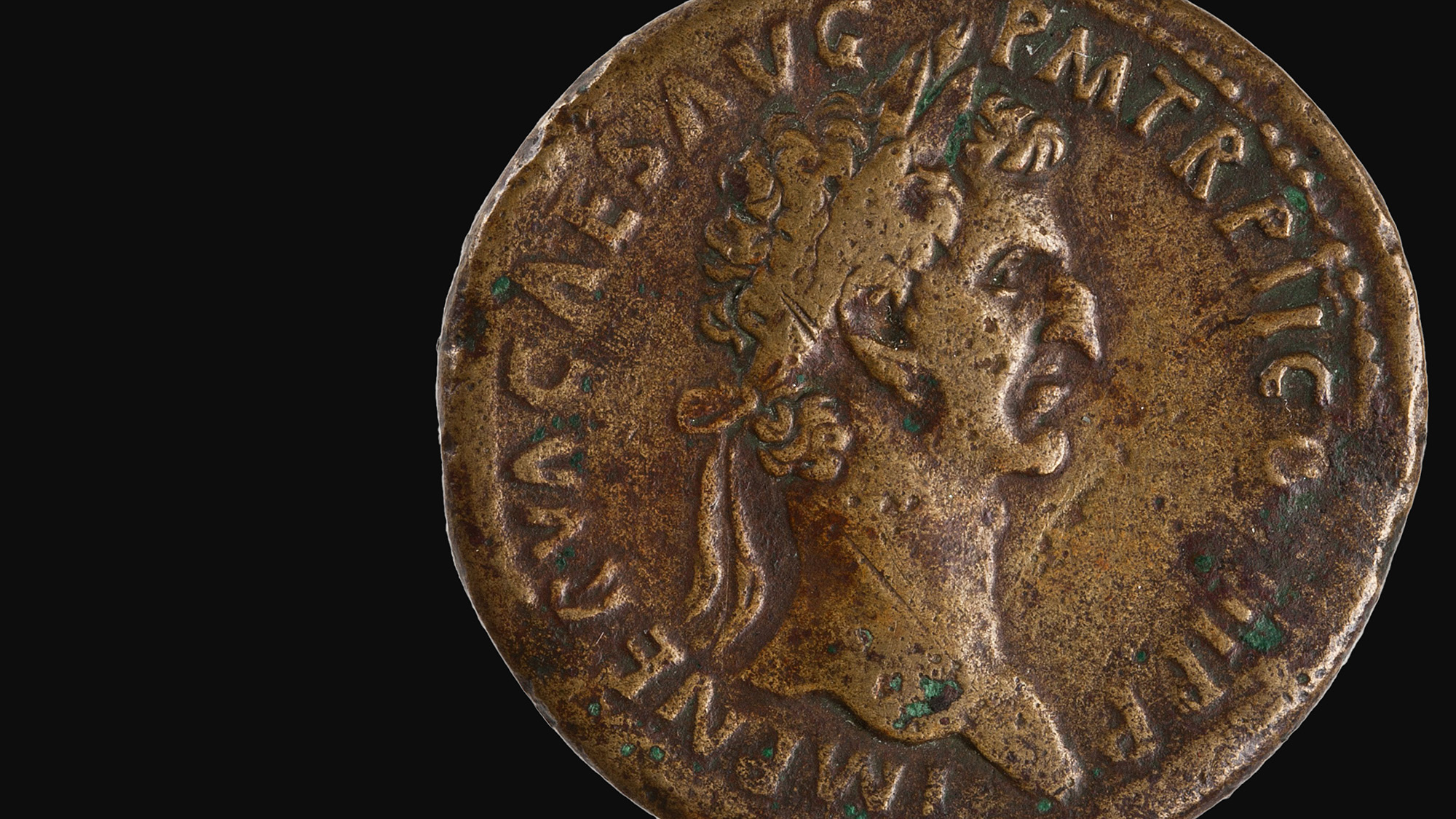Depiction of Fire-Altars(?) on Arsacid Coinage
By Alireza Khounani

The Arsacid Empire (248 BCE–224 CE) spanned the largest period of antiquity in the Near East and western Central Asia and ruled over a vast area between Mesopotamia all the way to Central Asia. Succeeding the Seleucid Empire, the Arsacids followed the Attic weight to strike their coins. Noteworthy is that within their Empire, the vassal states, for instance Elymais, Persis, and Characene, were also allowed to issue their own coinage, which is seen as a sign of their strong local autonomy. Furthermore, these political powers, who were usually amongst the native royalties, had the right to practice their own religious beliefs.
This social and political diversification of the Parthian period in addition to the scarcity of solid evidence make it difficult to determine what religion the Arsacid kings themselves adhered to. Scholarly tradition claims that ancient Iranian Empires follow Zoroastrianism, an Indo-Iranian religion that survived until today whose main stress is on the preservation and maintenance of the eternal/sacred fire, which is considered to be the manifestation of the great god Ahuramazda. However, most of the evidence for ancient Zoroastrianism comes from post-9th century literary sources and we do not know for a fact what the religion of the Achaemenid, Arsacid, and Sasanian Kings was. Nevertheless, one prominent element, “pedestal fire-altar,” has been seen on rock-reliefs and coins, and has been discovered archaeologically. It is usually accompanied by a king in an investiture scene. It is important to clarify that within this context a fire-altar is the one—predominantly a pedestal fire-altar—that is supposed to guard and maintain the sacred eternal fire rather than the much more common sacrificial altar.
There has been a great deal of confusion over distinguishing fire-altars, especially in the case of Arsacid material where this image is very rare. For instance, the form of the object and the offering gesture of the figure on a reverse type of bronze coins by Artabanus II (Fig. 1) is a sacrificial altar that finds later parallels on Kushan coins as well. A pedestal fire-altar can be seen behind the image of Arsaces (ca. 250–211 BCE), the founder of the dynasty, on the reverse of a silver drachm by Phraates IV (37–2 BCE) minted in Mithradatkert (Fig. 2). This altar is strongly comparable to those found on the Achaemenid tombs at Naghsh-e Rostam, on the Parthian period coins of Persis, and on the reverse of the Sasanian coins. The presence of a fire-altar on a Mithradatkert issue is very meaningful considering it was the first Arsacid capital where Isodore of Charax reports to have seen the “fire of Arsaces.”
Recent scholarship suggests the existence of a ruler-cult in the Arsacid house. The image of Arsaces is present on almost all the reverse types of his successors; all who were titled after him. Ammianus Macelinus compares this royal practice to that of the “Caesars” of the Roman Empire. Deification of Arsaces can further be suggested by the title Theopater that some of his successors used, and also by the fact that he is, in several cases, shown sitting on an omphalos.
Fire has long been seen as a sign of royal power and as the element through which the spirit of kingship (or Farah) is transferred from a king to his successor. The fire-altar on the relief of Darius I at Naghsh-e Rostam is accompanied by the king who is receiving the ring of kingship from the “winged figure.” Sasanian Kings have their own kingly fire on a diademed pedestal altar shown on the reverse of their coins in a scene of investiture where the king is receiving a diadem from his predecessor (Fig. 3). There are also examples where a figure in flames is on top of the altar, who is suggested to be the ancestral spirit of kingship (Fig. 4).
The context in which a fire-altar is placed alongside the figure of Arsaces on a drachm by Phraates IV is comparable to that of the fire-altar and winged figure on Achaemenid reliefs; and the diademed fire-altar and figure in flames on Sasanian coins. It can be concluded that a form of Indo-Iranian royal cult with a focus on sacred fire was continuously practiced by Iranian royal dynasties throughout antiquity. This study attempts to demonstrate that the Arsacids were prominent actors in promoting this ideology and played the main role in developing its image and transferring it from the Achaemenids to the Sasanians. However, in order to confirm whether this royal cult was eventually evolved into a monotheist religion named Zoroastrianism after the arrival of Islam, requires much further investigation.
Alireza Khounani is a PhD candidate at New York University’s Institute for the Study of the Ancient World (ISAW) focused on Archaeology of the Near East and Central Asia before Islam. Alireza’s main area of interest is the Parthian period in Iran and the role of landscape and cultural hybridity in forming local diversities which manifests itself in the material culture of this period including coinage.








